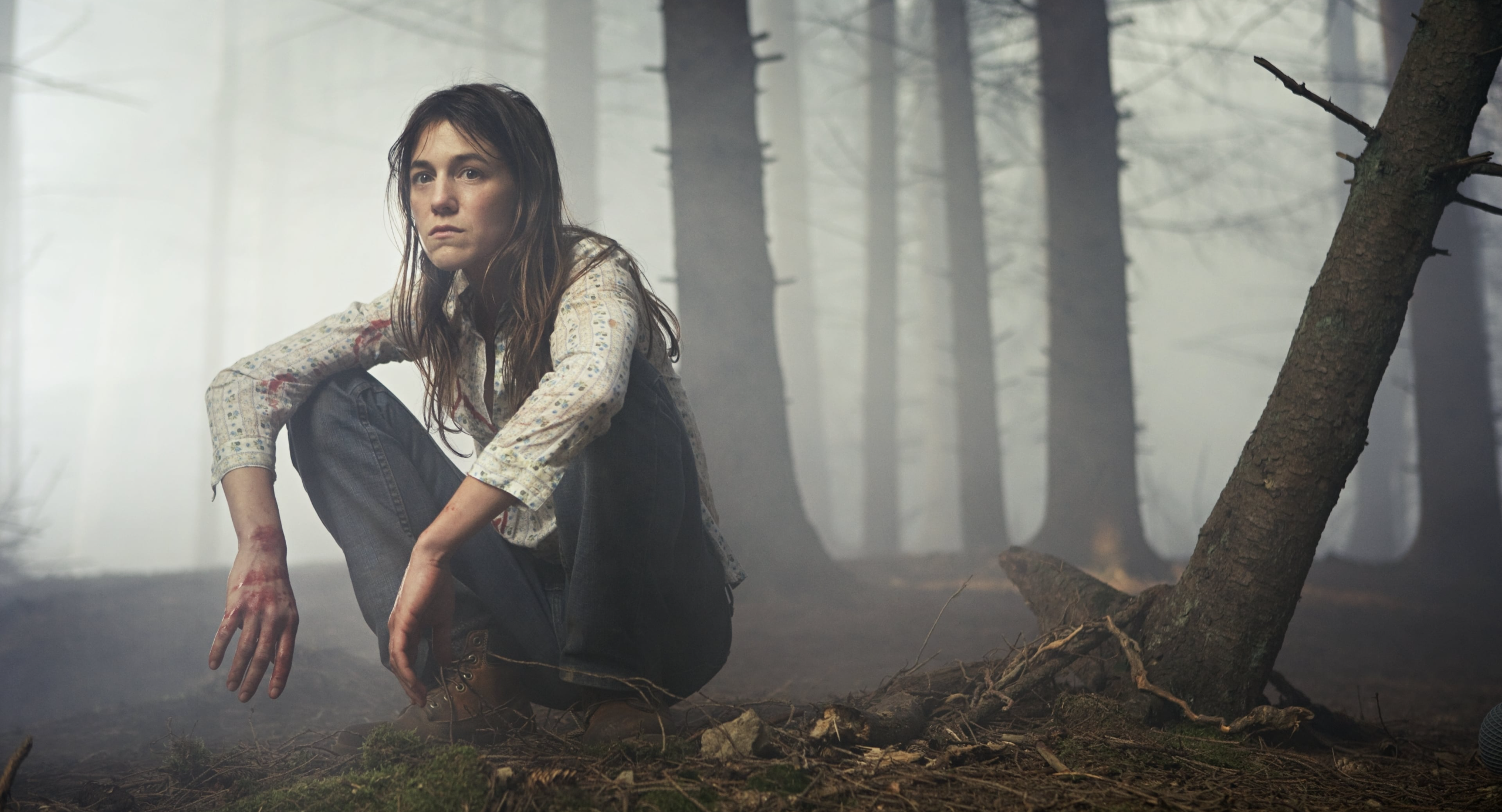Antichrist – Film Review
Published April 18, 2024

Lars von Trier‘s 2009 film Antichrist is a piece that elicits as much fascination as it does revulsion, a psychological horror that delves deep into the realms of grief, guilt, and nature’s most primal forces. With an audacious mix of stunning cinematography, unsettling thematic exploration, and controversial shock tactics, the film is both an artistic achievement and a subject of heated debate. While it is undeniably powerful and thought-provoking, it is also, at times, frustratingly opaque and unnecessarily graphic.
The narrative focuses on a couple, played by Willem Dafoe and Charlotte Gainsbourg, who are grieving the loss of their young son. This tragic event sets the stage for a journey into the darkest corners of the human psyche, as the couple retreats to a cabin in the woods (ominously named Eden) in an attempt to heal. Gainsbourg’s character, referred to as She, plunges into uncharted depths of despair and madness, while Dafoe’s character, He, a therapist, attempts to apply his professional skills to aid her recovery, only to find both of them spiraling into a nightmarish descent.
Von Trier’s direction is both meticulous and bold, orchestrating a visual and auditory landscape that is at once beautiful and harrowing. The cinematography by Anthony Dod Mantle is exceptional, blending serene, almost ethereal imagery of the natural world with jarring, often gruesome visuals that serve to underscore the film’s exploration of nature as a cruel and indifferent force. The use of slow motion and monochrome sequences in particular lend a surreal quality to the narrative, enhancing the film’s dreamlike, sometimes hallucinatory atmosphere.
The sound design, too, plays a crucial role in establishing the film’s oppressive tone, with Kristian Eidnes Andersen‘s score creating an ambiance filled with dread and foreboding. Natural sounds are amplified to an almost unbearable intensity, blurring the lines between reality and the protagonists’ psychological turmoil.
Charlotte Gainsbourg delivers a performance that is nothing short of astounding, embodying her character’s descent into madness with frightening authenticity. Willem Dafoe provides a solid counterbalance, his more restrained portrayal offering a semblance of sanity against which Gainsbourg’s spiraling psychosis is contrasted. The chemistry between the two is palpable, driving the narrative forward even through its most oblique and disturbing segments.
Where Antichrist becomes contentious is in its thematic and narrative ambitions. Von Trier aims to probe deep, existential themes – grief, nature, evil, and the dichotomy between the rational and the irrational. Yet, the film’s allegorical and symbolic elements often feel heavy-handed, while the graphic depiction of violence and sexuality may alienate even the most open-minded of viewers. The notorious scenes of graphic mutilation are particularly divisive, and one could argue that they do more to obscure than illuminate the film’s underlying themes.
Furthermore, the film’s portrayal of gender has sparked significant controversy and discussion. The depiction of Gainsbourg’s character, an embodiment of chaos, destruction, and evil tied to her femaleness and her intellectual pursuits (the study of witch hunts), has been interpreted by some as misogynistic. This interpretation is bolstered by dialogues that seem to equate women with nature, and therefore with chaos and evil. Von Trier’s intention might have been to provoke and to challenge societal norms and expectations around gender, but whether he succeeds without reinforcing harmful stereotypes is debatable.
Antichrist is, in many ways, a film that defies easy categorization. It can be seen as a profound meditation on human suffering and the impossibility of truly conquering nature, or as an indulgent, overly violent spectacle that confuses shock value with depth. The film’s title itself sets up an expectation of grand thematic exploration, perhaps of religious or spiritual conflict, yet the narrative seems more rooted in the personal, in the corporeal and psychological, than in the theological.
Despite some criticisms, Antichrist is undeniably a work of a filmmaker who is unafraid to explore the limits of cinema as a form of artistic expression. The film’s technical brilliance is beyond dispute, with every shot, every sound, meticulously crafted to contribute to an overarching vision that is as compelling as it is confounding.
Antichrist boasts some remarkable qualities as well as some significant flaws. It is a film that challenges its audience, demanding not just passive viewership but active engagement with its complex, often unsettling ideas.
